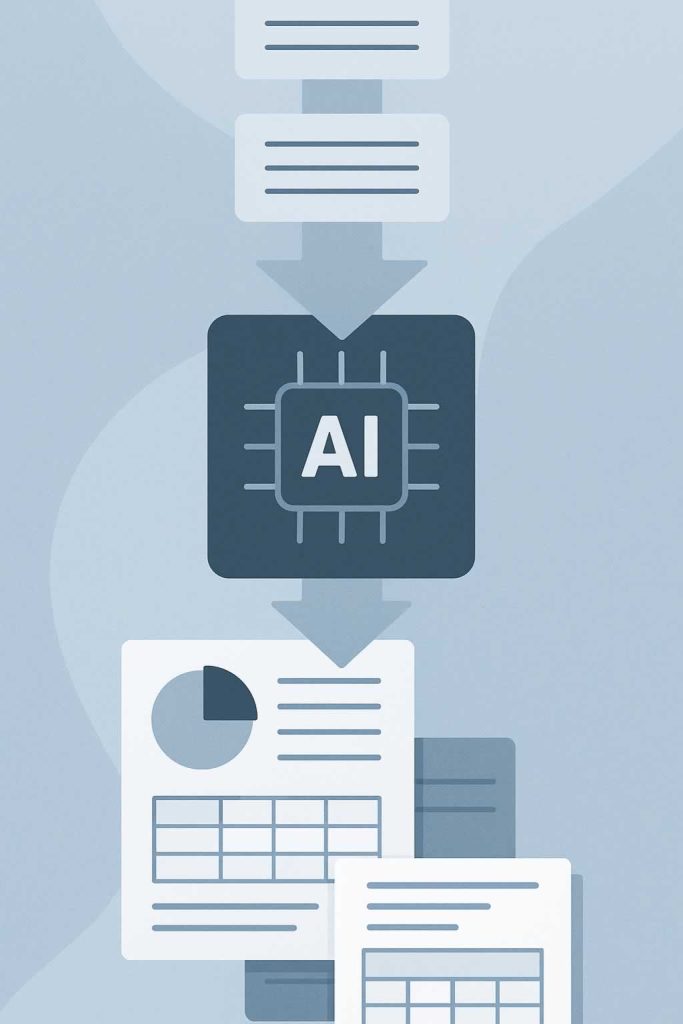

Chaining multiple AI models together allows us to build systems that go beyond single-function tasks and instead execute full, intelligent pipelines. At AEHEA, we design AI chains to combine specialized capabilities one model might extract data, another may classify it, and a third could generate a response or prediction. By linking them in sequence, we can create advanced workflows that read, understand, decide, and act. This is the foundation for building powerful tools like AI assistants, decision engines, and multi-step automation systems.
We begin by defining the overall objective of the chain and identifying which parts are best handled by specific models. For example, a client may want to analyze customer emails, extract key data points, determine sentiment, and generate a recommended follow-up. Each step in this process may be handled by a different model a language model for extraction, a sentiment classifier for tone detection, and a generative model for crafting the response. We choose the right models for each step, whether hosted through OpenAI, Hugging Face, or custom-trained internal models.
Once the models are selected, we use orchestration tools to link them together. Platforms like n8n allow us to structure the flow using nodes, passing the output of one model directly into the next. We use conditional logic to adapt based on results for instance, if a sentiment score is negative, the workflow might route the output to a different messaging style. We also apply formatting, data cleaning, and token limits between steps to ensure compatibility across models. Each model becomes a building block in a larger AI assembly line.
At AEHEA, chaining models is not just a technical process it is a design challenge. We pay close attention to timing, accuracy, and redundancy. We log every step, include failover logic, and design interfaces that allow teams to review or edit outputs along the way. The result is a system where AI models work together like components in a well-tuned machine. Instead of depending on a single model to do everything, we let each do what it does best, combining them to deliver smarter, more reliable solutions.
